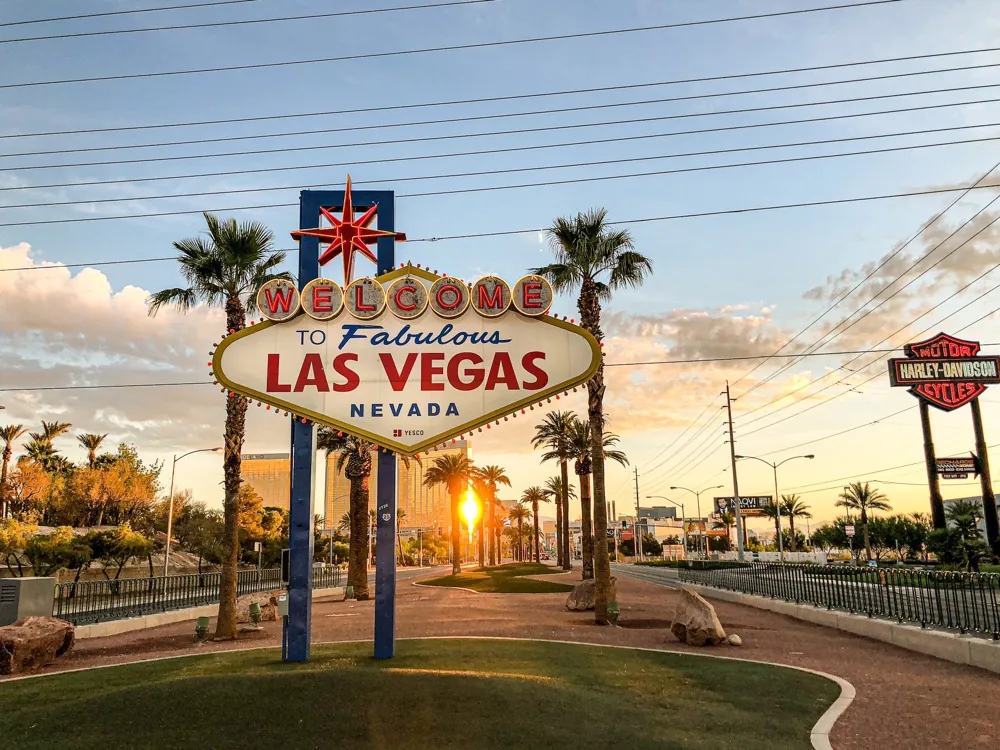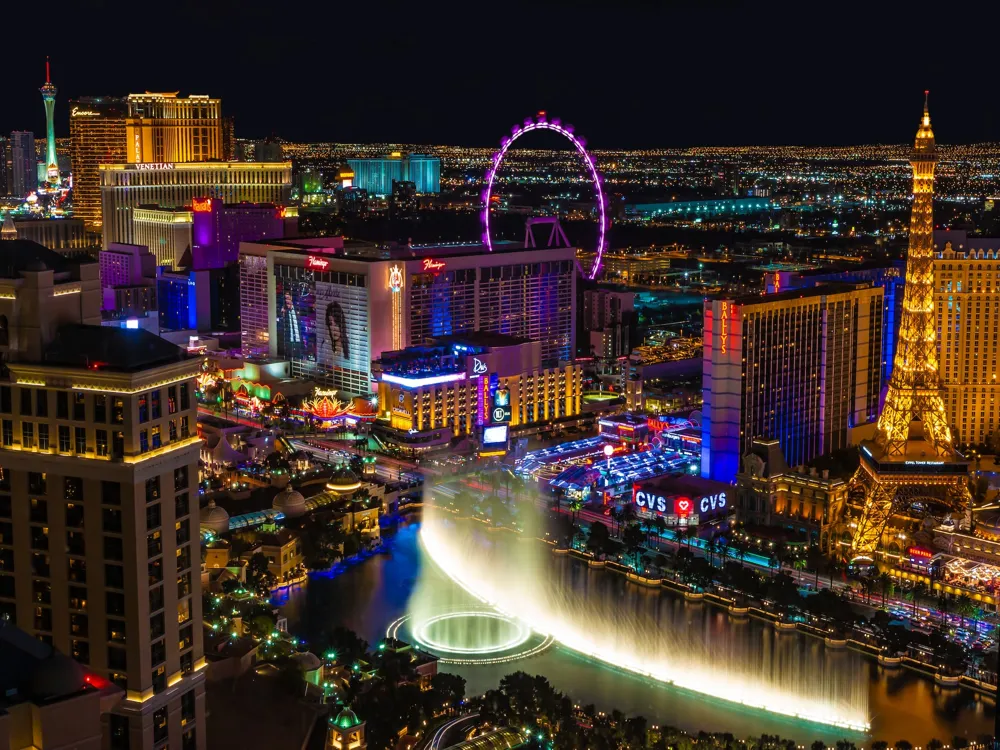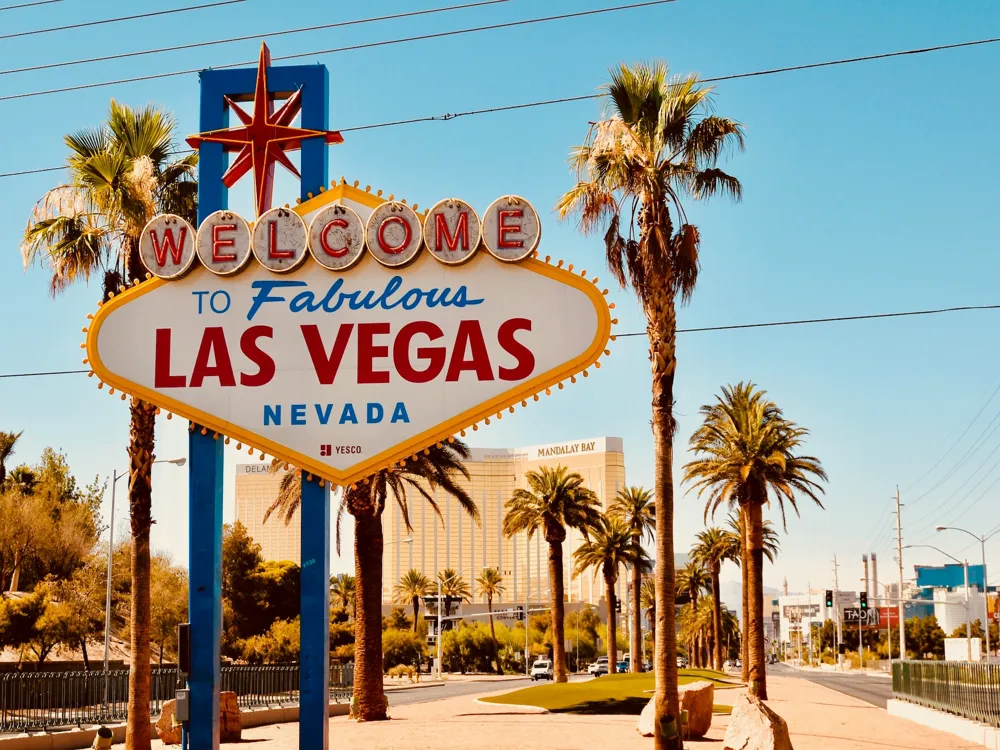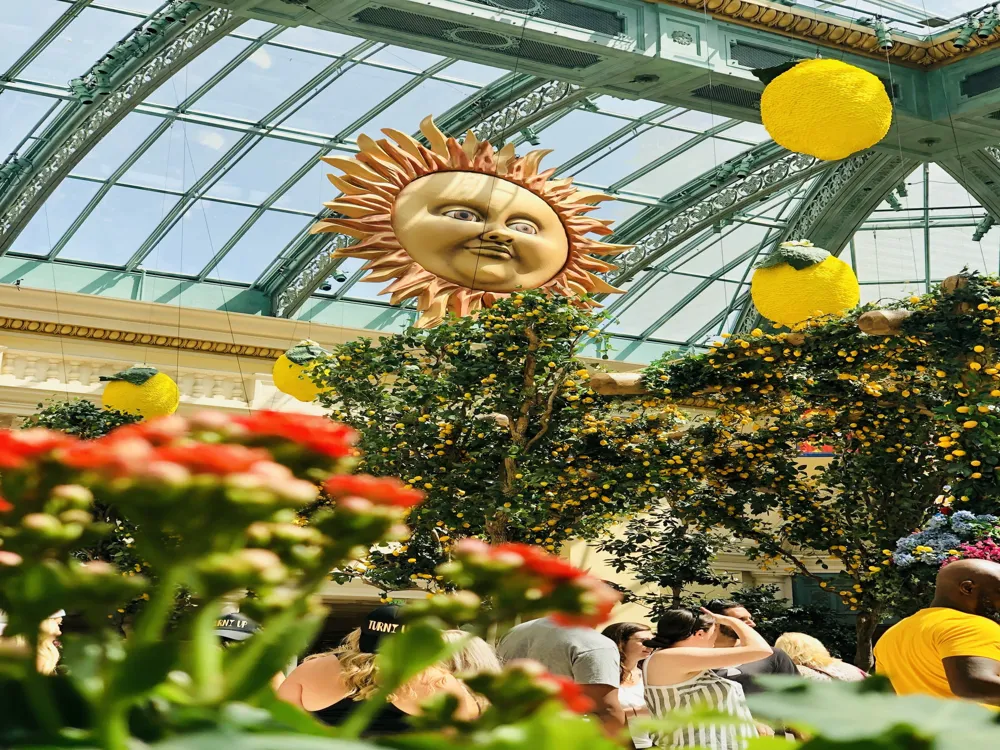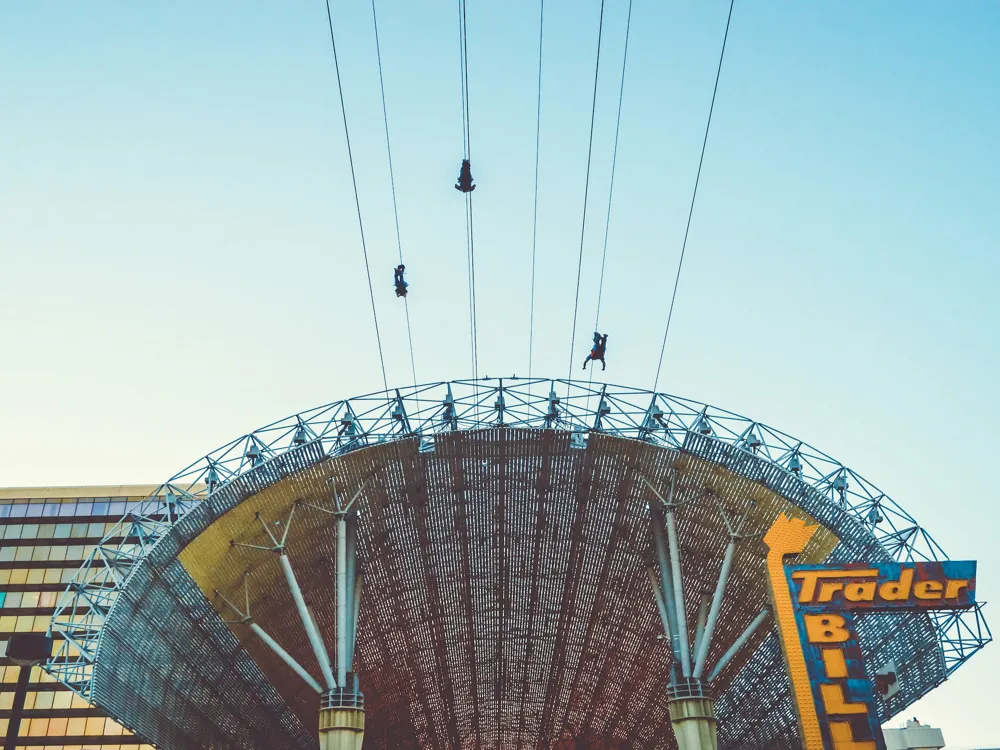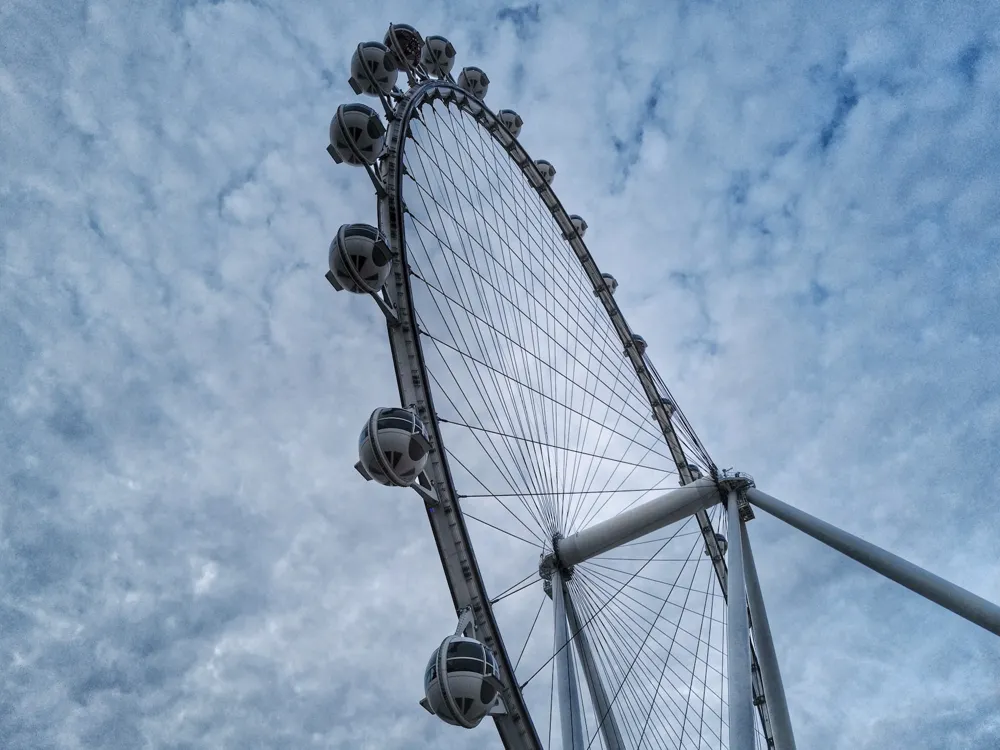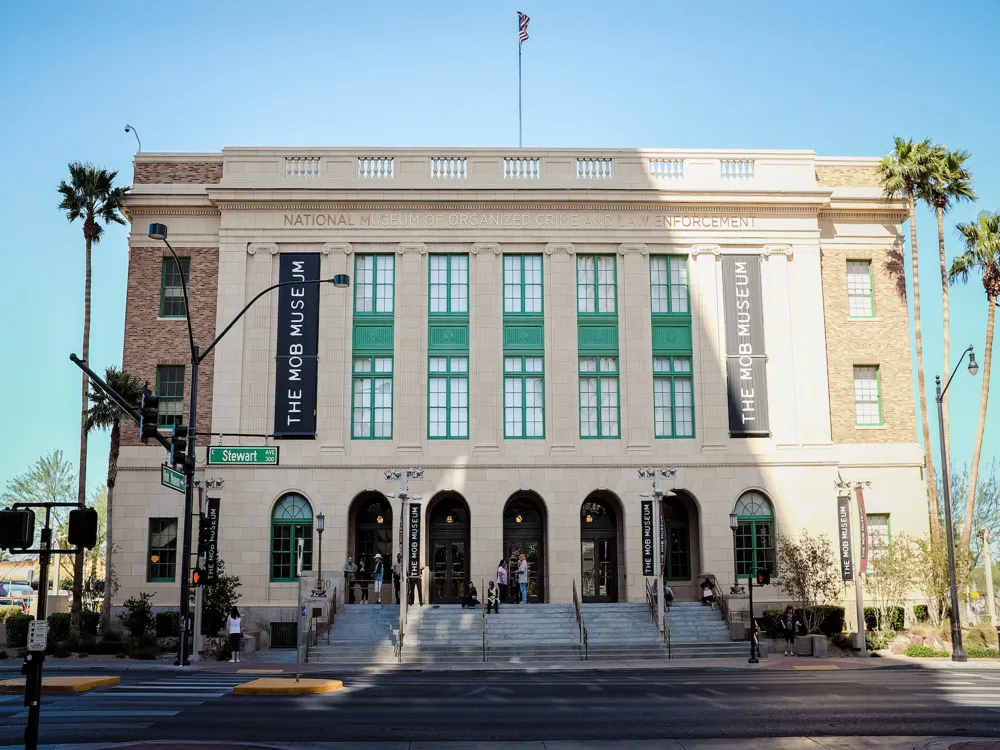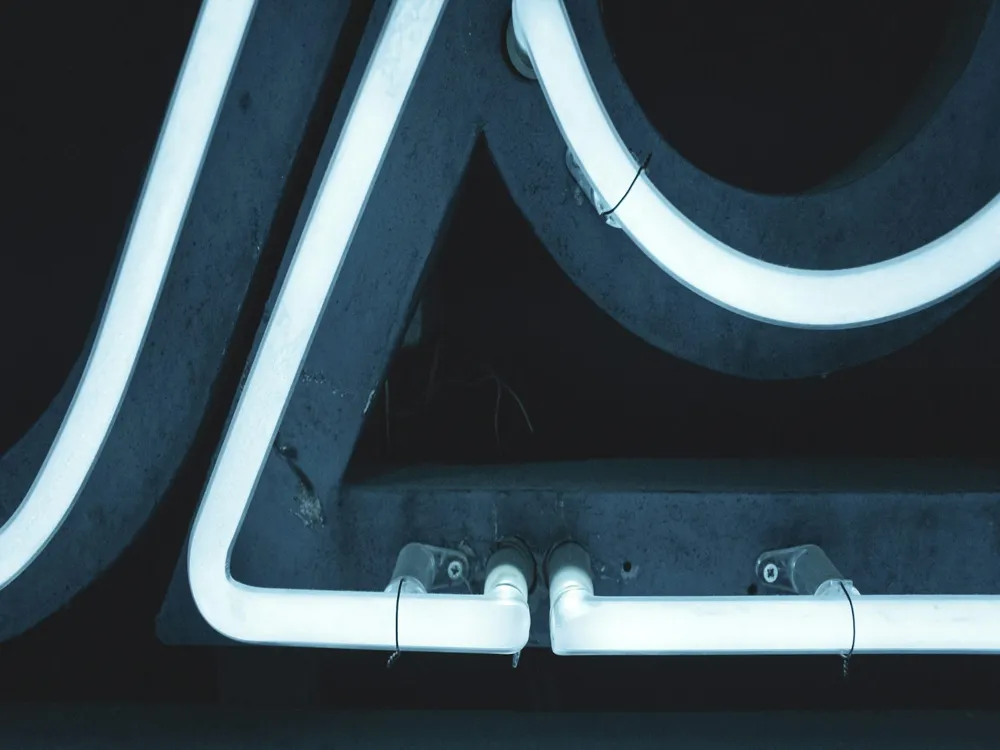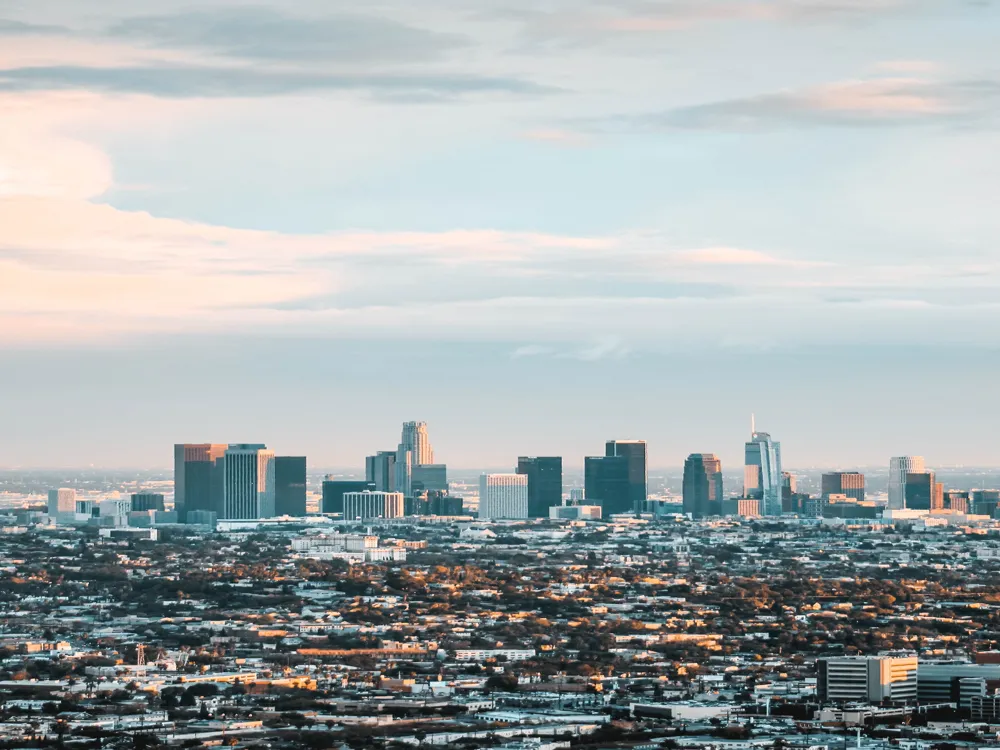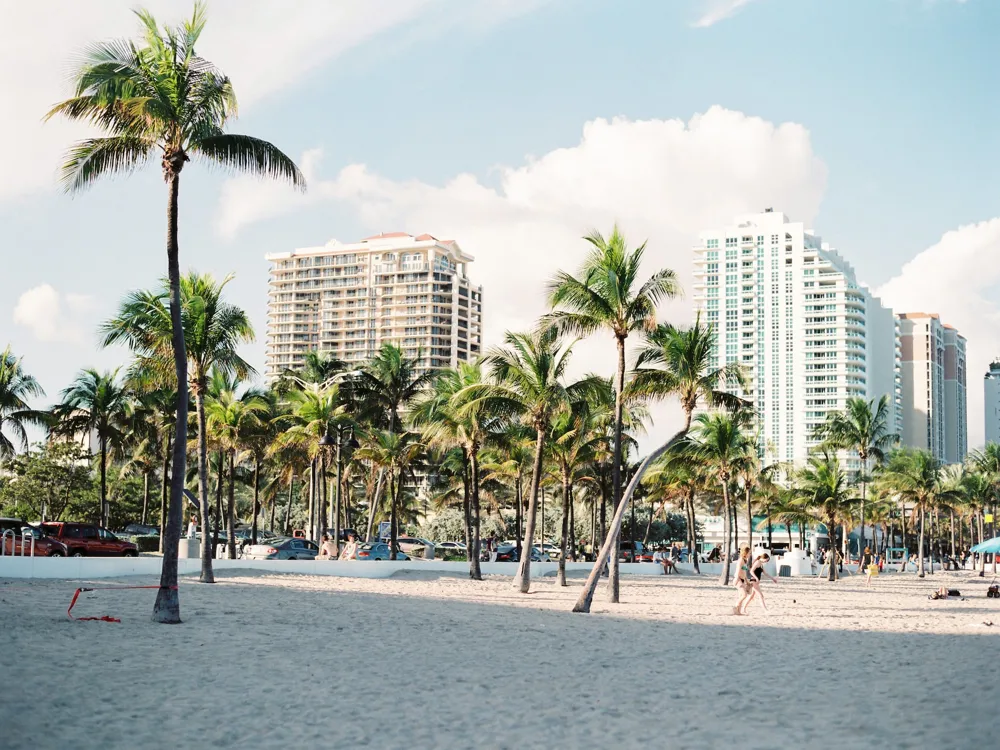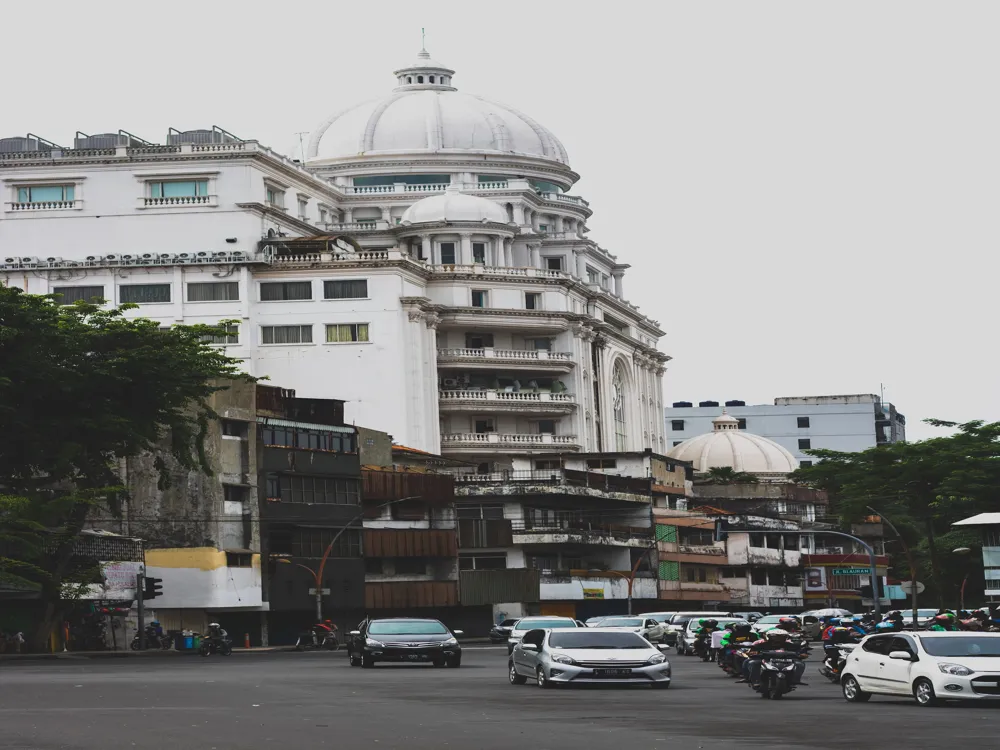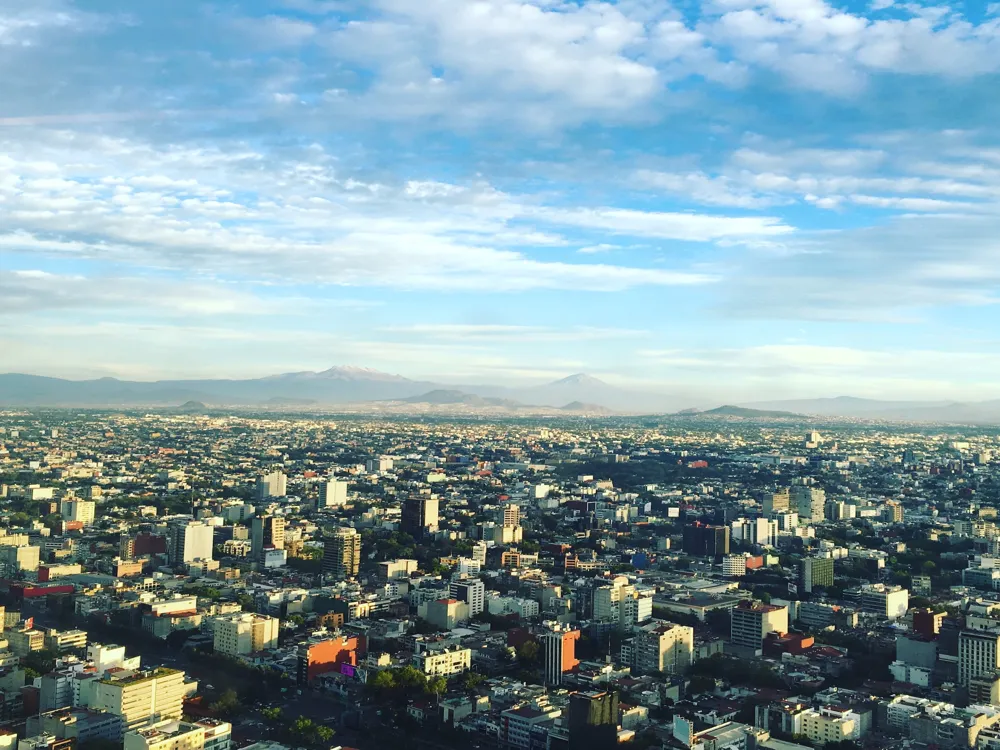Best Time to Visit Las Vegas
Nevada United States
2 out of 321 Places to visit in United StatesNaN onwards View Packages
Get Customized PackagesThe Land of Diversity
Top Hotel Collections

Private Pool

Luxury Hotels

5-Star Hotels

Pet Friendly
What is the best time to visit Las Vegas?
Las Vegas, renowned for its vibrant nightlife, world-class entertainment, and iconic landmarks, welcomes visitors throughout the year. However, choosing the right time to explore this bustling city can elevate your experience. The best time to visit Las Vegas is during the fall and spring months, from September to November and March to May.The best time to visit Las Vegas is from March to May and from September to November. While you will find a plenitude of trip deals throughout the year, the spring and fall shoulder seasons offer the most moderate rainfall. Sin City welcomes an affluence of callers during the downtime months, especially girding New Year's Eve, the Super Bowl, and Valentine's Day, and the scorching summers see daytime temperatures exceeding 100 degrees. No matter when you decide to visit Vegas, try to plan a midweek trip. Because this is a common weekend flight destination, you will find further apartments at lower rates between Tuesday and Thursday. Las Vegas is also home to hundreds of conventions each year, which can drive up room rates. Before setting trip dates, check the megacity's tourism board convention schedule to find out which public houses are hosting what and when; this will help you secure a better deal at your chosen hostel. While Las Vegas is a major hotspot for excursionists and a must-visit when in the USA, given its sunny and dry rainfall that lasts nearly all year, the most stylish time to visit Vegas is during its lower hot months of October through March. The rainfall during these months is cold, dry, and the least sticky. The average temperature during these months ranges from 8 °C to 23 °C. The hottest months in Las Vegas are from May through August, with negligible rush but veritably low moisture owing to its tropical hot desert climate. Because of its climatic conditions, Las Vegas has a long and intensively hot summer season, a shorter but cooler downtime season, and intermittent rains throughout the year, with an average of 21 stormy days per time.
More about Best Time to Travel to Las Vegas
Travel Peak Season in Las Vegas
Peak season in Las Vegas is synonymous with energy and excitement. From late March to early May and September to November, the weather is mild, ranging from 70°F to 90°F. This period sees an influx of tourists drawn to major events, festivals, and a myriad of entertainment options. Booking accommodations and show tickets in advance is advisable during these bustling months.The peak sightseer season in Las Vegas generally occurs during the spring and fall months, from March to May and from September to November. These ages attract a high number of callers seeking a combination of favorable rainfall, special events, and a vibrant atmosphere. While the peak season in Las Vegas offers a bustling and lively atmosphere, it's judicious to plan and book lodging, show tickets, and restaurant reservations in advance to secure favored choices. Whether you are drawn to the vibrant escapism, world-class entertainment, or out-of-door adventures, Las Vegas during the peak season provides a dynamic and instigative experience.
Travel Offseason in Las Vegas
For those seeking a more relaxed experience, the offseason from June to August and December to February offers a quieter ambiance. While temperatures can soar in the summer, hovering around 100°F, winter brings cooler temperatures, making it a favorable time for exploring the city without the crowds.The offseason in Las Vegas generally occurs during the summer months, from June to August, when temperatures in the area can soar to extremely high levels. During this time, the megacity attracts fewer tourists due to the scorching heat. While visiting Las Vegas in the offseason comes with some challenges, it also offers certain advantages. While the offseason in Las Vegas presents challenges with the extreme summer heat, careful planning and consideration of inner and early/late out-of-door conditioning can help you make the most of your visit. Be sure to stay doused , use sunscreen, and take breaks to escape the heat during peak day hours.
Las Vegas Travel Packages
View All Packages For Las Vegas
Las Vegas in Shoulder Season
Experience the magic of Las Vegas like never before during the enchanting shoulder season. From mid-April to mid-May and late September to mid-October, the city of lights embraces a perfect climate, escaping the scorching heat and winter chill. This sweet spot on the calendar ensures you enjoy the best of both worlds—the thrill of outdoor activities without the overwhelming crowds.
As the temperatures hover between a comfortable 20 and 30 degrees Celsius, you can stroll down the iconic Strip, basking in the neon glow, without battling extreme weather. The shoulder season in Las Vegas unveils a more intimate side of this vibrant city, allowing you to savor world-class entertainment, dine at renowned restaurants, and try your luck in the glamorous casinos without the hustle of peak crowds. Immerse yourself in the allure of Las Vegas during the shoulder season, where excitement meets tranquility.
Las Vegas in Hot Season
During the shoulder season, spanning late fall and early spring, Las Vegas experiences pleasant weather. The hot season prevails in the late spring and early fall, with temperatures ranging from 90°F to 100°F. This is ideal for pool parties, outdoor activities, and indulging in the city's vibrant nightlife.
Las Vegas in Rainy Season
Rain is a rarity in the desert, but the occasional shower might surprise visitors during the rainy season in winter. However, these moments are fleeting, and the city quickly resumes its lively atmosphere, offering a unique and refreshing perspective.
Las Vegas in Cool Season
The cool season, from December to February, brings mild temperatures ranging from 40°F to 60°F. While this might not be conducive to poolside lounging, it's perfect for exploring indoor attractions, attending shows, and relishing the city's diverse culinary scene.
In conclusion, the best time to visit Las Vegas ultimately depends on your preferences and the experience you seek. Whether you're drawn to the buzz of peak season or the serenity of the offseason, Las Vegas has something to offer year-round.
Places To Visit In Las Vegas
View All Places To Visit In Las VegasNearby Places Las Vegas
Las Vegas Photos
View All Photos For Las VegasBrowse Package Collections
Browse Hotel Collections
Faq
Q: What is the ideal time of year to visit Las Vegas?
A: The best time to visit Las Vegas is generally in the fall (September to November) and spring (March to May) when the weather is pleasant, and outdoor activities are enjoyable.
Q: Are there specific months to avoid visiting Las Vegas?
A: Summers (June to August) can be extremely hot, with temperatures soaring well above 100°F (38°C). If you're not a fan of intense heat, it's advisable to avoid these months.
Q: Are there any major events or festivals that affect the best time to visit?
A: Yes, major events like New Year's Eve, the Consumer Electronics Show (CES), and other conventions can significantly impact the influx of visitors and hotel prices. It's recommended to plan ahead and check the event calendar before booking.
Q: What about weekdays versus weekends? Is there a preferable time for a visit?
A: Weekdays generally offer a more relaxed atmosphere with lower hotel rates and less crowded attractions. However, if you're into vibrant nightlife and entertainment, weekends might be more appealing.
Q: How does weather influence the best time to visit Las Vegas?
A: Weather plays a crucial role. Fall and spring provide mild temperatures, making outdoor activities enjoyable. Winter can be cooler but still comfortable, while summers are scorching. Check the forecast and plan accordingly based on your preferences.

